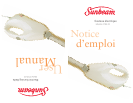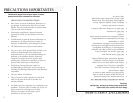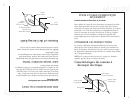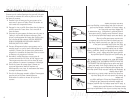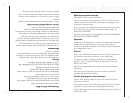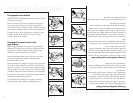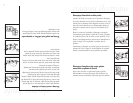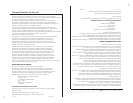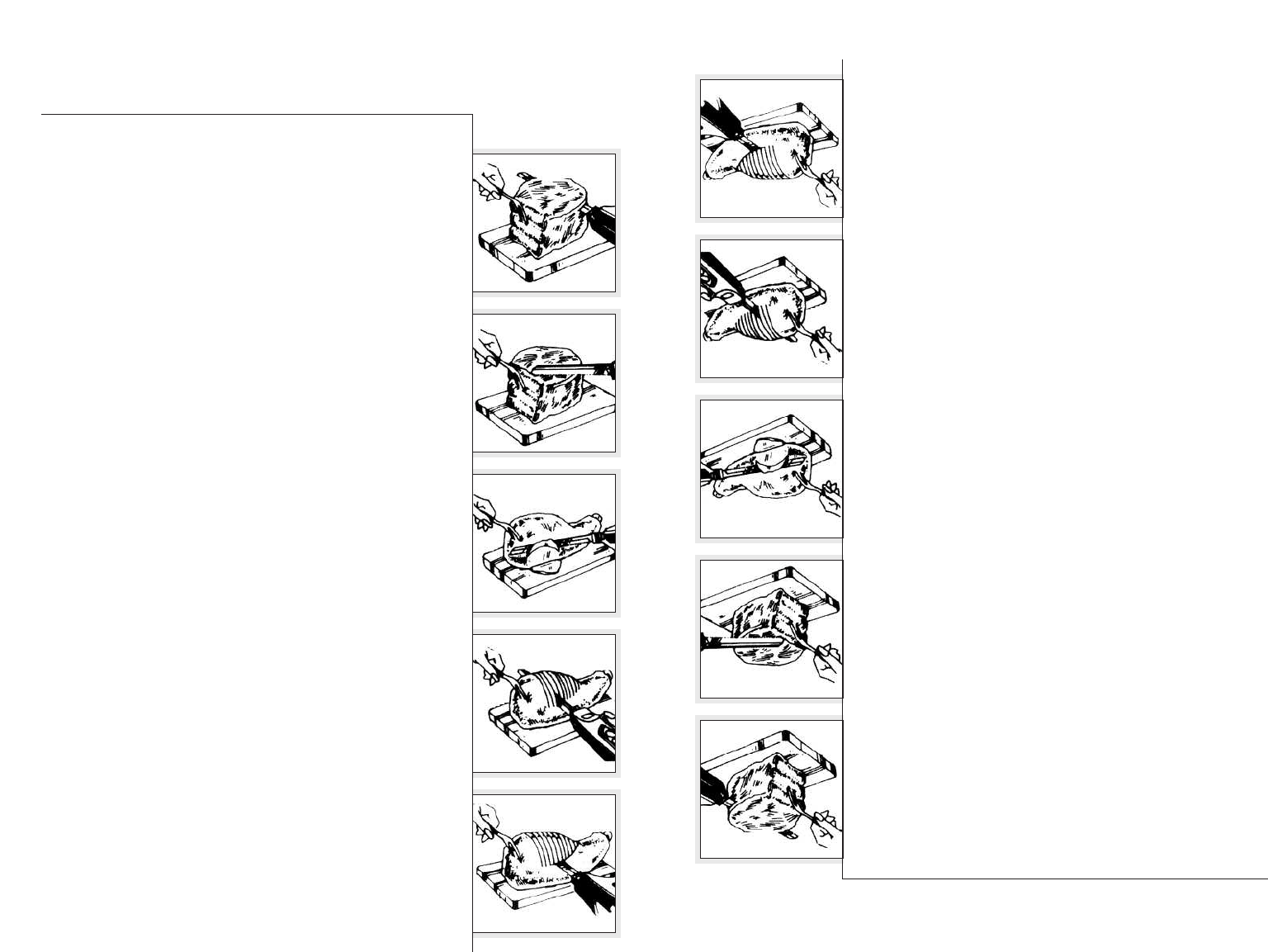
6
couteau électrique
Découpage des côtes de bœuf
SUGGESTIONS: Demander au boucher d’enlever l’échine
et d’écourter les côtes.
Placer le rôti sur un plat ou une planche à découper, le
bout le plus gros en dessous et les côtes à gauche. La
partie étroite du rôti se présente alors au dépeceur. Piquer
la fourchette à découper entre les deux côtes supérieures.
Trancher le rôti à partir du bord gras et jusqu’à la côte.
Détacher ensuite la tranche de l’os avec la «pointe
pareuse» spéciale du couteau.
Découpage d’un jambon entier ou d’un
gigot d’agneau
Placer le gigot d’agneau ou le jambon sur la planche à
découper, le bout du jarret à la droite du dépeceur. Pour
le jambon, le côté gras entaillé en haut. Pour le gigot
d’agneau, la parti charnue du rôti en arrière.
Piquer la fourchette dans le gros de la pièce de viande
puis, de la partie moins charnue, couper plusieurs
tranches parallèles à l’os.
Retourner ensuite le jambon ou le gigot pour qu’il repose
sur la face entamée. Entailler en coin la viande du bout
du jarret, à partir de la base de la partie charnue; couper
d’abord jusqu’à l’os, puis le long de l’os jusqu’à la coupe
précédente. Enlever la section triangulaire ainsi découpée.
En partant du bout entaillé, couper des tranches minces et
uniformes en descendant jusqu’à l’os.
Pour détacher les tranches de l’os, passer le couteau
électrique au bas des tranches, parallèlement à l’os.
6
electric knife
Carving a standing rib roast of beef
SUGGESTIONS: Have your butcher remove the
backbone of the roast and cut the rib bones short.
Arrange the roast on a platter or a cutting board
with the largest end of the roast down, and the rib
side to your left. The small end of the roast is
nearest the carver. Insert a carving fork between the
two top ribs.
Slice across the roast from the fat edge of the rib
bone. Free the slice from the bone using the special
“trimming” tip of the knife.
Carving a whole ham or roast leg of lamb
Place the leg of lamb or whole ham on the carving
board with the shank end to the right of the carver.
For a ham, turn the scored fat side up. For the leg
of lamb, place the roast so that the meaty section
faces away from the carver.
Insert a meat fork into the heavy part of the meat
and cut several lengthwise slices from the less meaty
side.
Turn the ham or leg of lamb so that it rests upright
on the cut surface. Cut a wedge from the shank end
by starting at the base of the bulge and slicing down
to the leg bone. Then, make another cut at an angle
to this, close to the shank end. Lift out the wedge.
Starting at the shank end, cut thin uniform slices
down to the leg bone.
To release the slices, run the electric knife under the
slices, parallel to the leg bone.



